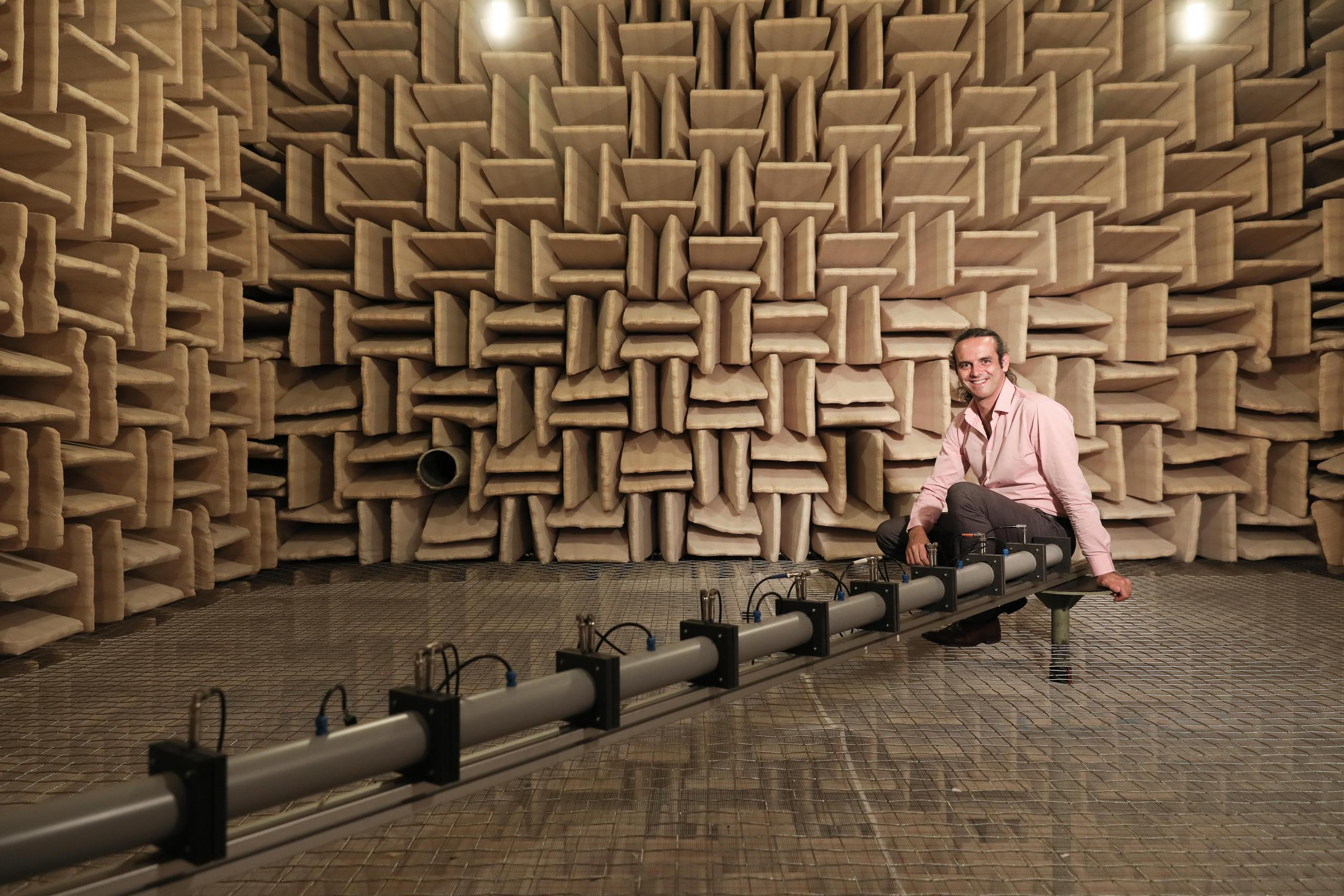
Using sound waves to make large objects invisible

A team of researchers has discovered an acoustic technique to make objects invisible using sound waves. Their system of acoustic relays could potentially be used to hide large objects like submarines.
The scientists from Lausanne’s Federal Institute of Technology (EPFL), in association with the Technical University of Vienna and the University of Crete, devised a system of acoustic relays placed at strategic locations that enabled sound waves to propagate at constant amplitude regardless of what was in their path.
Typically, waves bounce and disperse when they meet any object. This causes the energy waves to scatter and become less intense as they move away from the object. It also makes transmitting data or energy using wave-scattering media almost impossible.
The new system allows sound waves to travel across such media without any distortion. It uses tiny speakers as acoustic relays to offset the wave scattering, and has been successfully tested on a real acoustic system. Their work has just been published in Nature PhysicsExternal link.
“We realized that our acoustic relays had to be able to change the waves’ amplitudes and phases at strategic locations, to either magnify or attenuate them,” Romain Fleury, head of EPFL’s Laboratory of Wave Engineering, said in a statementExternal link.
They tested their system in a 3.5-metre-long air-filled tube and inside placed various obstacles, such as walls, porous materials and chicanes. They then placed their tiny speakers between the obstacles and set up electronic controls to adjust the speakers’ acoustic properties.
“Until now, we only needed to attenuate sound waves. But here we had to develop a new control mechanism so we could also amplify them, like how we can already amplify optical waves with lasers,” added EPFL co-author Etienne Rivet.
Their new method uses programmable circuits to control several speakers simultaneously and in real time. It is similar to that used in noise-cancelling headphones and could potentially be used for sounds containing common ambient frequencies. It could also be used to eliminate the waves that bounce off objects like submarines, making them undetectable by sonar.

In compliance with the JTI standards
More: SWI swissinfo.ch certified by the Journalism Trust Initiative
















![The four-metre-long painting "Sonntag der Bergbauern" [Sunday of the Mountain Farmers, 1923-24/26] had to be removed by a crane from the German Chancellery in Berlin for the exhibition in Bern.](https://www.swissinfo.ch/content/wp-content/uploads/sites/13/2025/12/01_Pressebild_KirchnerxKirchner.jpg?ver=ebf28c90)














You can find an overview of ongoing debates with our journalists here . Please join us!
If you want to start a conversation about a topic raised in this article or want to report factual errors, email us at english@swissinfo.ch.